Glycemic Index – Glycemic Load
Glycemic Index/Glycemic Load
Is the Glycemic Index worth focusing on?
The Glycemic Index has been touted by many fitness professionals as a fool-proof guide for fat loss, but how effective is it?
According to the University of Sydney: “The glycemic index (or GI) is a ranking of carbohydrates on a scale from 0 to 100 according to the extent to which they raise blood sugar (glucose) levels after eating [with pure glucose assigned the value of 100]. Foods with a high GI are those which are rapidly digested, absorbed, and metabolised and result in marked fluctuations in blood sugar (glucose) levels. Low GI carbohydrates…produce smaller fluctuations in your blood glucose and insulin levels”.
They describe placement on the index via the following method: “the GI value of a food is determined by feeding 10 or more healthy people a portion of the food containing 50 grams of digestible (available) carbohydrate and then measuring the effect on their blood glucose levels over the next two hours. For each person, the area under their two-hour blood glucose response (glucose AUC) for this food is then measured. On another occasion, the same 10 people consume an equal-carbohydrate portion of the sugar glucose (the reference food) and their two-hour blood glucose response is also measured. A GI value for the test food is then calculated for each person by dividing their glucose AUC for the test food by their glucose AUC for the reference food. The final GI value for the test food is the average GI value for the 10 people.”
A food item is considered high GI if it has a value of 70 or higher, medium if it has a value of 56 to 69, and low with values ranging from 1 to 55.
Sounds great right? Unfortunately, substantial variability in individual responses to GI value determinations suggests it is unlikely to be a good approach to guiding food choices.3
It has led to unnecessary vilification of many foods (ex: carrots, beets, melons, and grapes all appear worse than a Kit Kat bar according to the GI). Watermelon has a GI value of 80, which would put it in the “High” category, but watermelon has relatively few digestible carbohydrates in a typical serving.
In reality, it doesn’t appear to be as simple as the GI suggests: “Based on results from observational cohort studies and meta-analyses of RCTs, we conclude that there is scant scientific evidence that low-GI diets are superior to high-GI diets for weight loss and obesity prevention.”1
The Glycemic Index has quite a few limitations that make it unreliable for practical use:
- It doesn’t account for the serving size (load) which can greatly influence blood glucose response.
- There is huge person to person variability. Different people have different blood glucose responses to the same food.
- It is majorly altered by the cooking or prep method.
- It is majorly altered by the co-ingestion of protein, fiber, fat, etc.
As I discussed in my article on the topic, energy balance determines weight loss or weight gain.2 The idea that simply following the glycemic index to guide our choices seems like a poor one, but is there a better method?
Glycemic Load
Glycemic Load attempts to take things a step further to improve on the issues inherent in the Glycemic Index.
Glycemic load (or GL) is a ranking system for carbohydrates ingested which reflects the total exposure to the presence of glucose in the blood during a 2 hour period. Glycemic load takes into account not only the glycemic index but also serving size.
Thus, it is determined by the overall glycemic effect and insulin demands of the diet and not just by the amount of carbohydrates. This is why Glycemic load serves as a better predictor of glycemic response and insulin demand than glycemic index. This makes it a more suitable approach for guiding dietary choices for metabolically compromised patients, as well as those at risk for diabetes and other metabolic conditions, compared to the glycemic index.
For one serving of a food, a GL greater than 20 is considered high, a GL of 11–19 is considered medium, and a GL of 10 or less is considered low.
Glycemic load can be calculated using the following equation: Glycemic Load = carbohydrates content (in grams) x Glycemic Index ÷ 100.
Sounds great right? You knew I was coming back to this! Just as with glycemic index, glycemic load seems to have limited relevance as a practical guide for weight loss in otherwise healthy individuals.4
On the plus side, the concept of glycemic load addresses the concern about rating foods as good or bad solely on the basis of their glycemic index, but it still does not trump overall energy balance as the determinant of weight loss or weight gain.
Summary
“Meta-analyses suggest that foods with a low GI or GL may confer benefit in terms of glycemic control in diabetes and lipid management. However, low GI and GL foods can be energy (calorie) dense and contain substantial amounts of sugars or undesirable fats that contribute to a diminished glycemic response. Therefore, functionality in terms of a low glycemic response alone does not necessarily justify a health claim.
Most studies, which have demonstrated health benefits of low GI or GL involved naturally occurring and minimally processed carbohydrate containing cereals, vegetables and fruit. These foods have qualities other than their immediate impact on postprandial glycemia as a basis to recommend their consumption.
When the GI or GL concepts are used to guide food choice, this should be done in the context of other nutritional indicators and when values have been reliably measured in a large group of individuals.”5
Due to various inherent issues with the glycemic index, I can’t find a situation in which I feel it is the best recommendation for any particular individual…metabolically healthy or not.
Glycemic load may be important for those at risk for metabolic disorders (such as diabetes) or for those who do not exercise, but it is not something I recommend worrying about for otherwise healthy, active people…even if you do have some weight to lose.
It isn’t that a GL or GI diet can’t work, only that choosing foods solely based on these guidelines can cause exclusionary food practices that aren’t necessarily relevant in metabolically healthy people.
Focus on a diet of whole, minimally processed foods (with room for moderated treats), get active, promote quality sleep, and manage your stress for overall health. These habit changes alone provide much of the benefits GI and GL work towards without the stigma over certain types of food.
Understand managing proper protein and calorie intakes are the name of the game for weight change.
If you do these things, everything else will fall into place.
Citations
- doi.org/10.1093/advances/nmab093
- doi: 10.3945/ajcn.112.036350
- DOI: 10.3945/ajcn.116.137208
- doi.org/10.1093/ajcn/85.4.1023
- DOI: 10.1038/sj.ejcn.1602942

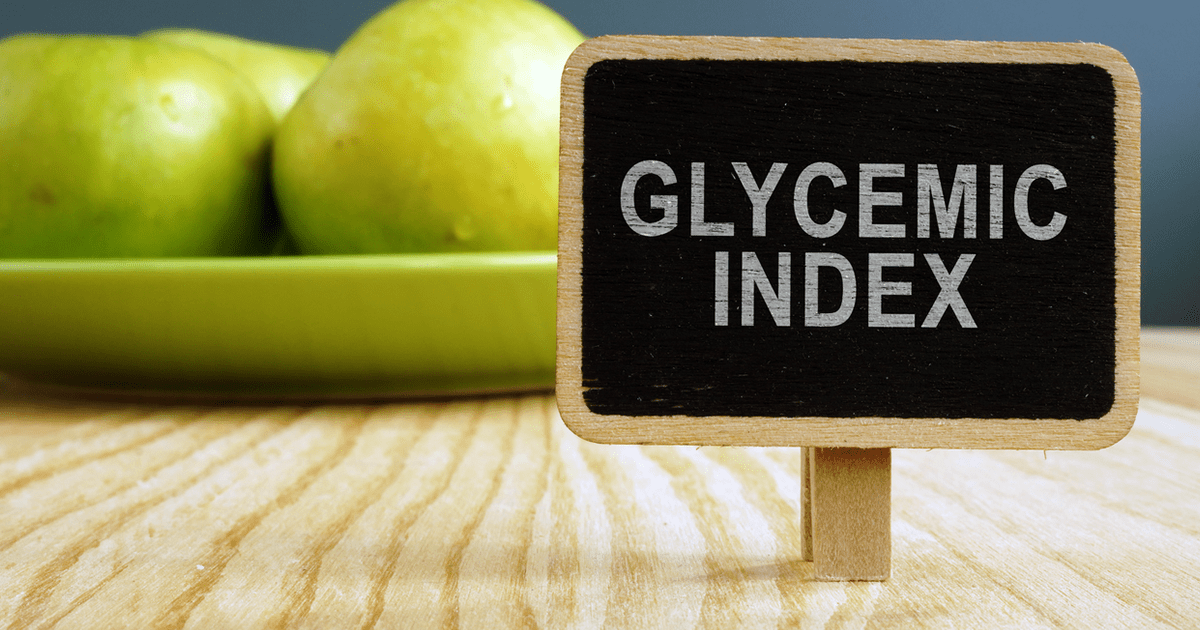
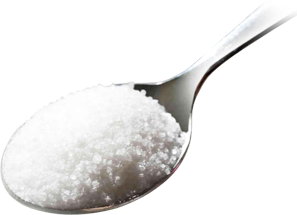
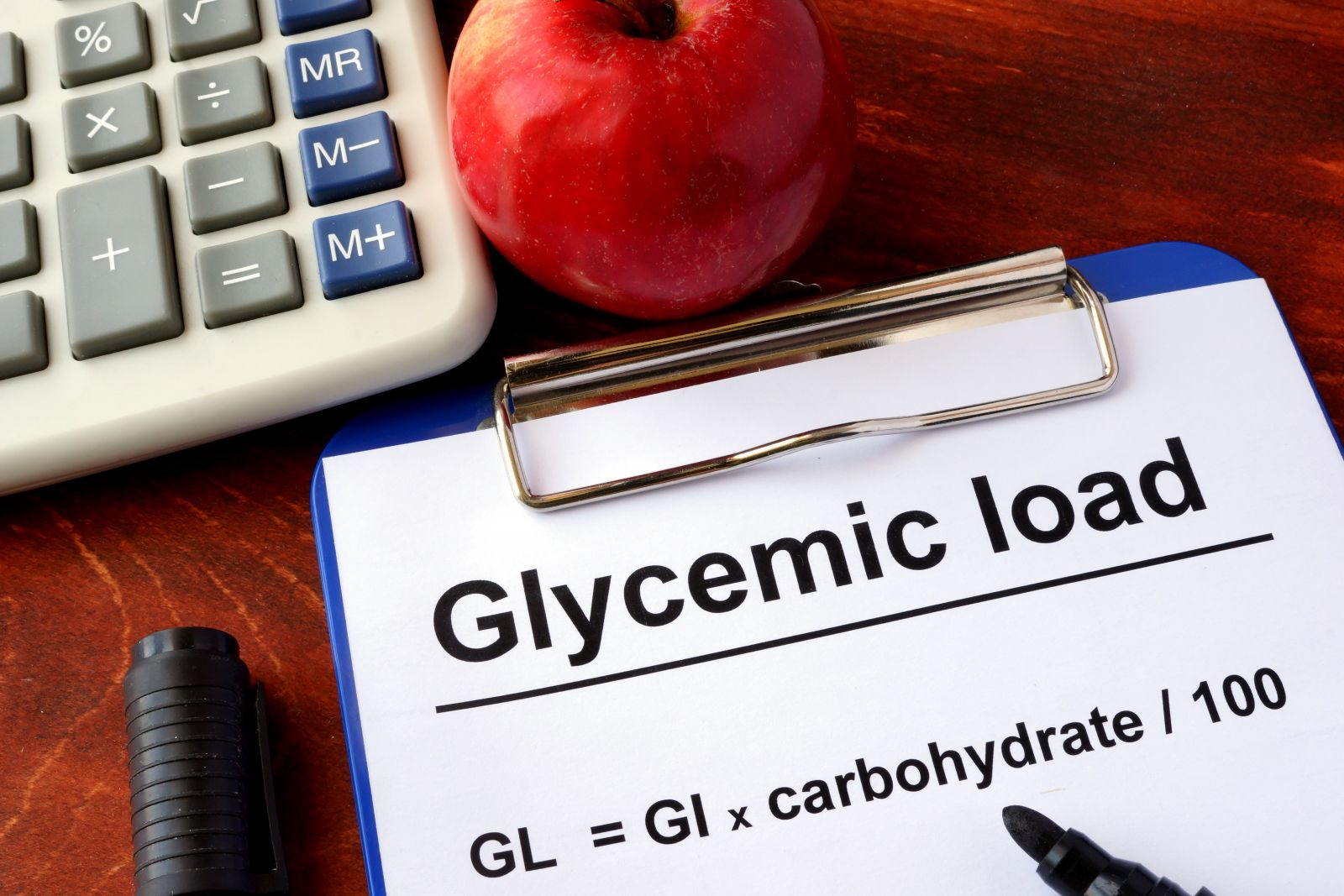

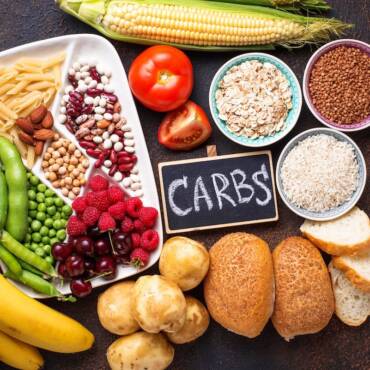
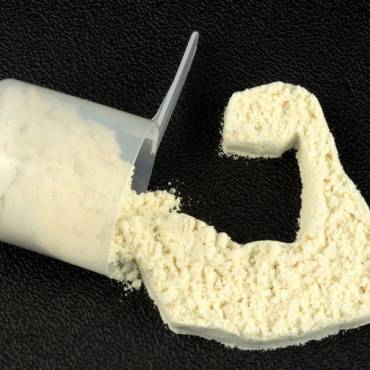



1 Comment
Comments are closed.